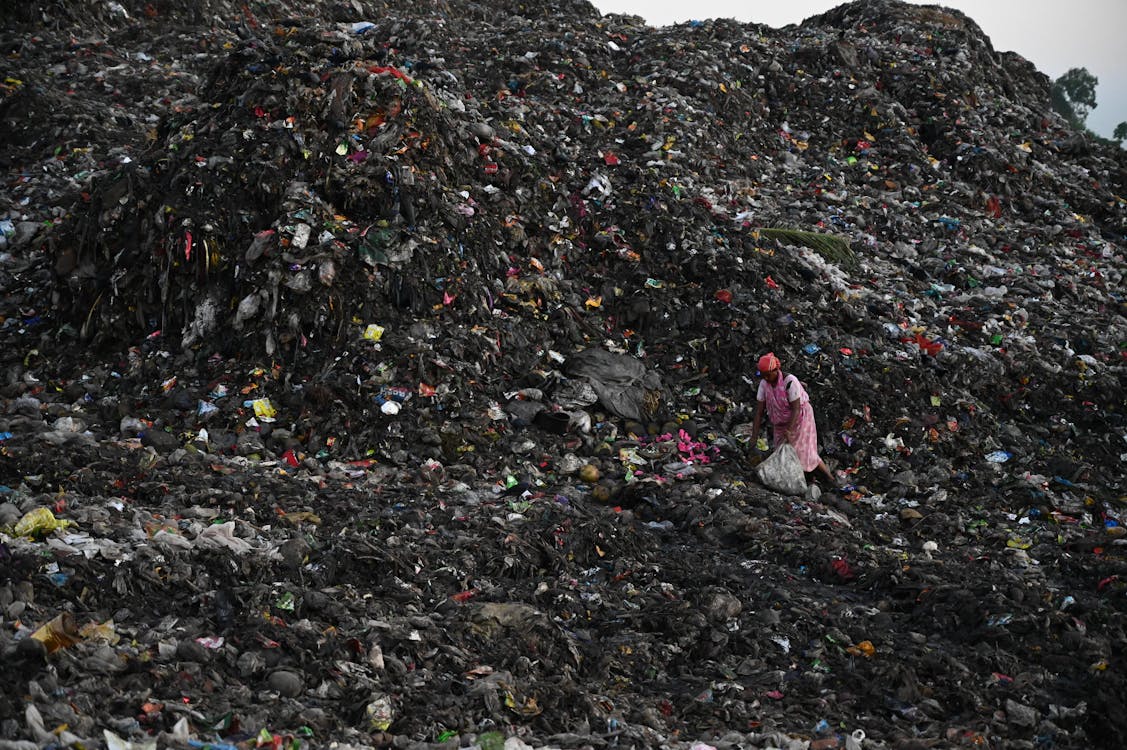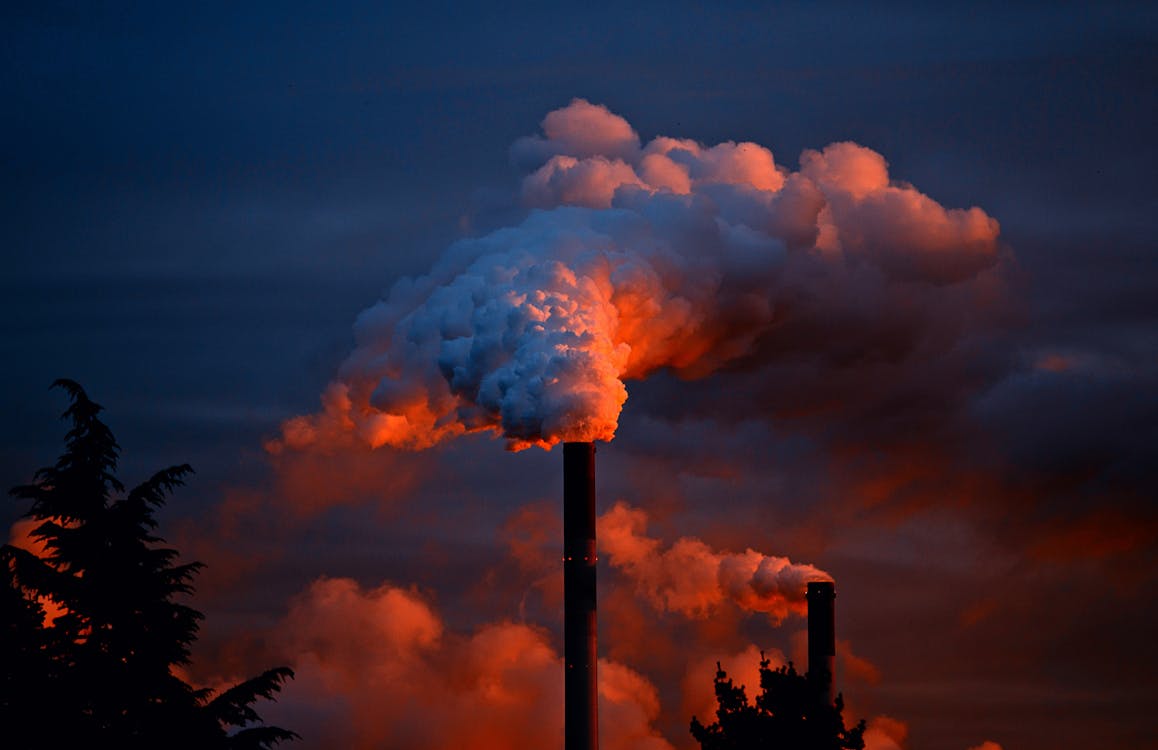Environmental pollution is a significant threat to human health and well-being, as well as the natural environment. It is the presence of contaminants in the air, water, and soil that can cause harm to living organisms and disrupt ecological balance.

Pollution can come from natural sources or human activities, but it is the latter that is responsible for the majority of environmental degradation. In this article, we will explore the primary sources of environmental pollution and their effects on the environment and human health.
Introduction
Environmental pollution is a complex and multifaceted issue that affects every aspect of our lives. It is caused by a variety of sources, both natural and human-made. The effects of pollution can be devastating, leading to illness, disease, and ecological destruction. Understanding the primary sources of environmental pollution is essential in mitigating its impacts and preserving the health of our planet.
Natural Sources of Environmental Pollution
Natural sources of environmental pollution include volcanic eruptions, dust storms, wildfires, and natural gas seeps. These events can release large amounts of pollutants into the air and water, causing short-term environmental damage. While natural pollution is often beyond our control, it can also be mitigated through the use of appropriate technology and practices.
Human-Made Sources of Environmental Pollution
Human activities are responsible for the majority of environmental pollution. These activities can be broadly categorized into four primary sources: air pollution, water pollution, land pollution, and noise pollution.

Air Pollution
Air pollution is caused by the release of harmful substances into the atmosphere, such as carbon monoxide, sulfur dioxide, nitrogen oxides, and particulate matter. These pollutants can come from a variety of sources, including factories, power plants, transportation, and construction. The effects of air pollution can be severe, including respiratory illness, cardiovascular disease, and premature death.
Water Pollution
Water pollution is the presence of harmful substances in bodies of water, including rivers, lakes, and oceans. These pollutants can come from a variety of sources, including sewage and wastewater, agricultural runoff, and industrial discharge. Water pollution can have serious impacts on aquatic life, as well as human health, through the consumption of contaminated water.
Land Pollution
Land pollution is the degradation of the soil and land, often caused by the disposal of waste and the use of harmful chemicals. Land pollution can come from a variety of sources, including industrial activities, agricultural practices, and improper waste disposal. The effects of land pollution can include soil erosion, loss of biodiversity, and the contamination of food and water supplies.
Noise Pollution
Noise pollution is the presence of excessive or unwanted sound in the environment, often caused by transportation, construction, and industrial activities. Noise pollution can have significant impacts on human health, including hearing loss, sleep disturbance, and cardiovascular disease.

Mitigating Environmental Pollution
Reducing environmental pollution requires a concerted effort from governments, businesses, and individuals. There are many ways we can mitigate the impact of pollution on the environment and our health, including:
Reduce Energy Consumption
One of the primary sources of air pollution is the burning of fossil fuels for energy. We can reduce air pollution by reducing our energy consumption through energy-efficient practices, such as using public transportation, walking, or biking instead of driving, and using renewable energy sources.
Proper Waste Disposal
Improper waste disposal is a major contributor to land pollution. We can reduce land pollution by properly disposing of waste, recycling, and composting. Governments and businesses can also take action by implementing waste reduction and recycling programs.
Sustainable Agriculture Practices
Agricultural practices, such as the use of pesticides and fertilizers, can contribute to water and land pollution. Sustainable agriculture practices, such as crop rotation, integrated pest management, and the use of organic fertilizers, can reduce pollution and preserve soil health.
Protecting Water Resources
Water pollution can be prevented by protecting water resources, such as wetlands, streams, and rivers, from contamination. Governments and businesses can also implement measures to reduce water pollution, such as treating wastewater before discharge and reducing agricultural runoff.
Noise Reduction Measures
Noise pollution can be reduced through the use of noise barriers, low-noise technology, and soundproofing. Individuals can also reduce noise pollution by using public transportation, reducing the use of loud machinery, and using noise-canceling headphones.
Conclusion
Environmental pollution is a complex and multifaceted issue that affects every aspect of our lives. Understanding the primary sources of pollution is essential in mitigating its impacts and preserving the health of our planet. By reducing our energy consumption, properly disposing of waste, implementing sustainable agriculture practices, protecting water resources, and reducing noise pollution, we can work together to reduce the impact of pollution on our environment and our health.
FAQs
- What are the main sources of air pollution?
- How does water pollution affect human health?
- What are the effects of land pollution on biodiversity?
- How does noise pollution impact human health?
- What can individuals do to reduce environmental pollution?
- What are some government and business initiatives to reduce pollution?
- How does pollution affect wildlife and ecosystems?
- What are some innovative technologies being developed to address pollution?
- Can pollution be completely eliminated, or is it something we must learn to manage?
- What role do individuals and communities play in reducing environmental pollution?